Podcast: Credit where credit is due in Hiram Bingham’s scientific discovery of Machu Picchu
Interview with Daniel Buck
Some little-known facts about Hiram Bingham and his 1911 scientific discovery of Machu Picchu:
The “Bingham look” (khaki jodhpurs, tall leather boots, hunting jacket, grey cardigan and wide-brimmed fedora hat) was picked from a prestigious clothing catalog. Bingham ordered his outfit and his supplies from Abercrombie & Fitch Co. popular product line, titled “Complete outfits for Explorers, Campers, Prospectors and Fisherman.”
When Bingham first arrived at Machu Picchu in 1911, he found carved onto the stone walls of the citadel a date — July 14, 1901 — along with the names of Gavino Chávez, Enrique Palma, and Agustín Lizárraga, proving he was not the first outsider to explore ruins.
When Bingham set out from the city of Cusco in search of the lost Inca stronghold of Vilcabamba, it was another American who set him on the path that eventually led to Machu Picchu.
In this podcast interview, Washington-based independent scholar and author Dan Buck explains who that other American was, and why — in his estimation — Bingham still deserves every bit of credit for the scientific discovery of one of the world’s most famous, iconic archaeological complexes.
Books cited (and recommended)
in interview with Dan Buck:
- Christopher Heaney, CRADLE OF GOLD (2010), an excellent history of Machu Picchu and Hiram Bingham’s discovery.
- Estuardo Nuñez, VIAJES Y VIAJEROS EXTRANJEROS POR EL PERU (1989), 400 years of foreign travel and exploration in Peru.
- Brian Bauer, ANCIENT CUZCO: HEARTLAND OF THE INCA (2004), an archaeological survey of the Cuzco Valley.
- Carlos B. Cisneros, ATLAS DEL PERU (1904).

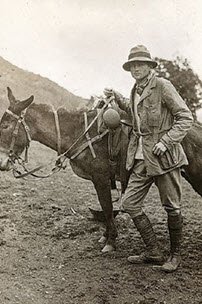

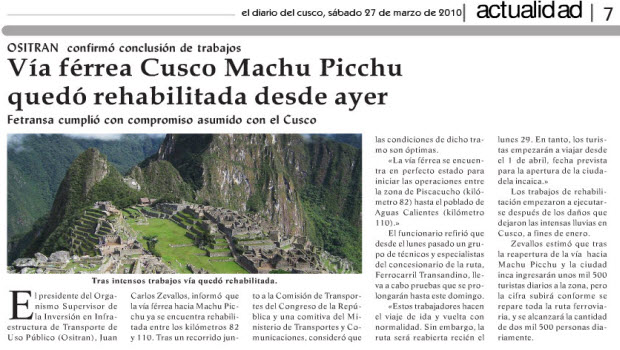 Limited train service to Machu Picchu set to resume today, but expect some wrinkles…
Limited train service to Machu Picchu set to resume today, but expect some wrinkles… 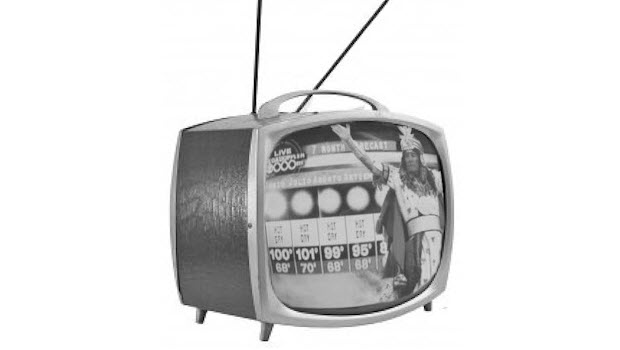 Weather Channel could learn something from the Inca and their descendants
Weather Channel could learn something from the Inca and their descendants 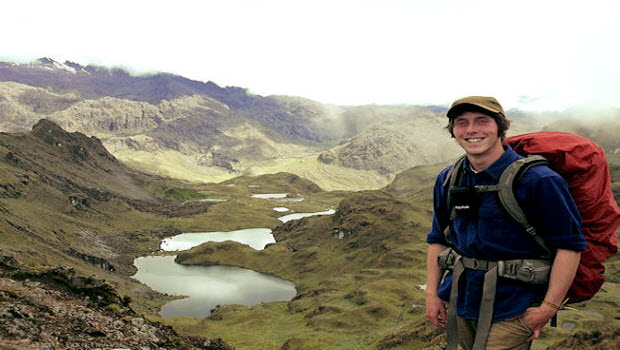 Machu Picchu is the climax after the Lares Valley Trek
Machu Picchu is the climax after the Lares Valley Trek 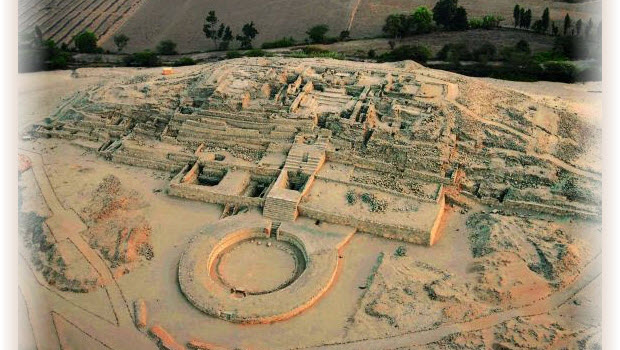 Celebrations marking discovery of Ancient site of Caral
Celebrations marking discovery of Ancient site of Caral 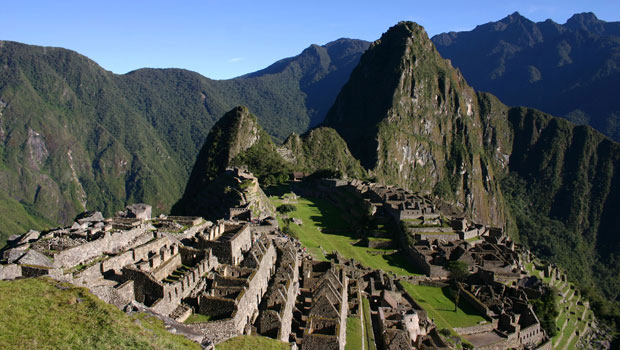 Special Offer: Luxury Cusco & Machu Picchu Vacation for 2010 High Season
Special Offer: Luxury Cusco & Machu Picchu Vacation for 2010 High Season 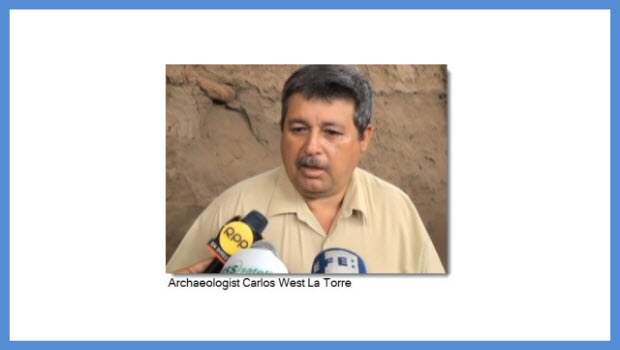 Underwater tomb discovered in Lambayeque along Peru’s northern coast
Underwater tomb discovered in Lambayeque along Peru’s northern coast 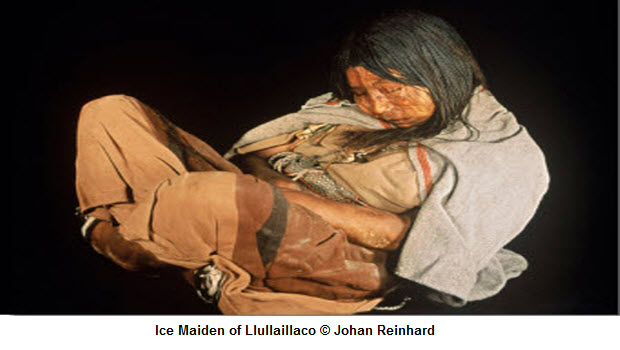 Inca Ice Maiden mummy tests false-positive for cocaine?
Inca Ice Maiden mummy tests false-positive for cocaine?
A recap, books I mentioned during the interview:
Christopher Heaney, CRADLE OF GOLD (2010), an excellent history of Machu Picchu and Hiram Bingham’s discovery.
Estuardo Nuñez, VIAJES Y VIAJEROS EXTRANJEROS POR EL PERU (1989), 400 years of foreign travel and exploration in Peru.
Brian Bauer, ANCIENT CUZCO: HEARTLAND OF THE INCA (2004), an archaeological survey of the Cuzco Valley.
Carlos B. Cisneros, ATLAS DEL PERU (1904).
Well definitely an honor to have these relics, plus Machu Picchu is a magical place that transports us and makes us feel in another world behind former but not really worth it deeper into this topic.
Bueno definitivamente un honor tener estas reliquias, ademas el machu pichu es un lugar magico que nos transporta y nos hace sentir en otro mundo antiguo pero no atrasado, realmente vale pena profundizar en este tema.